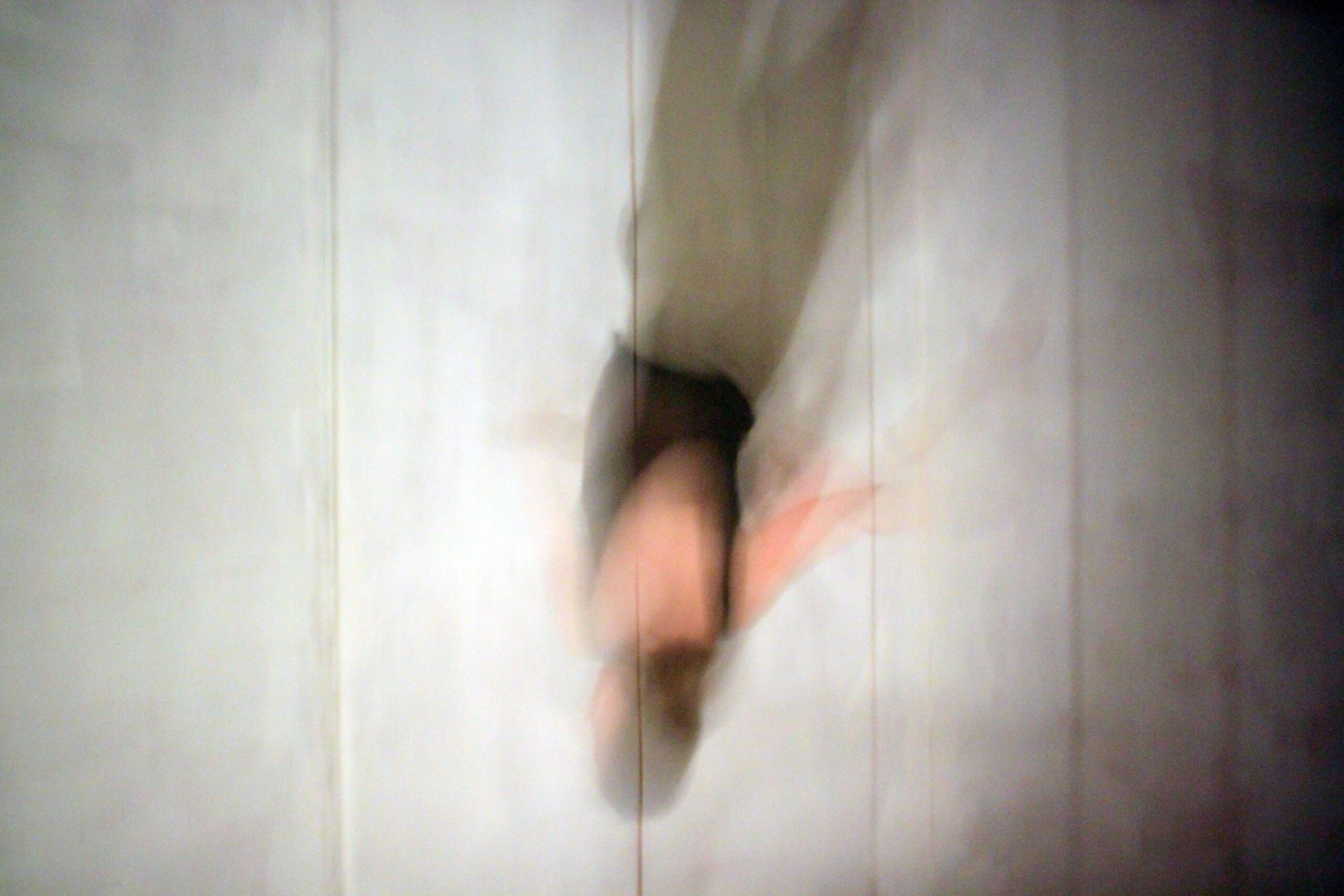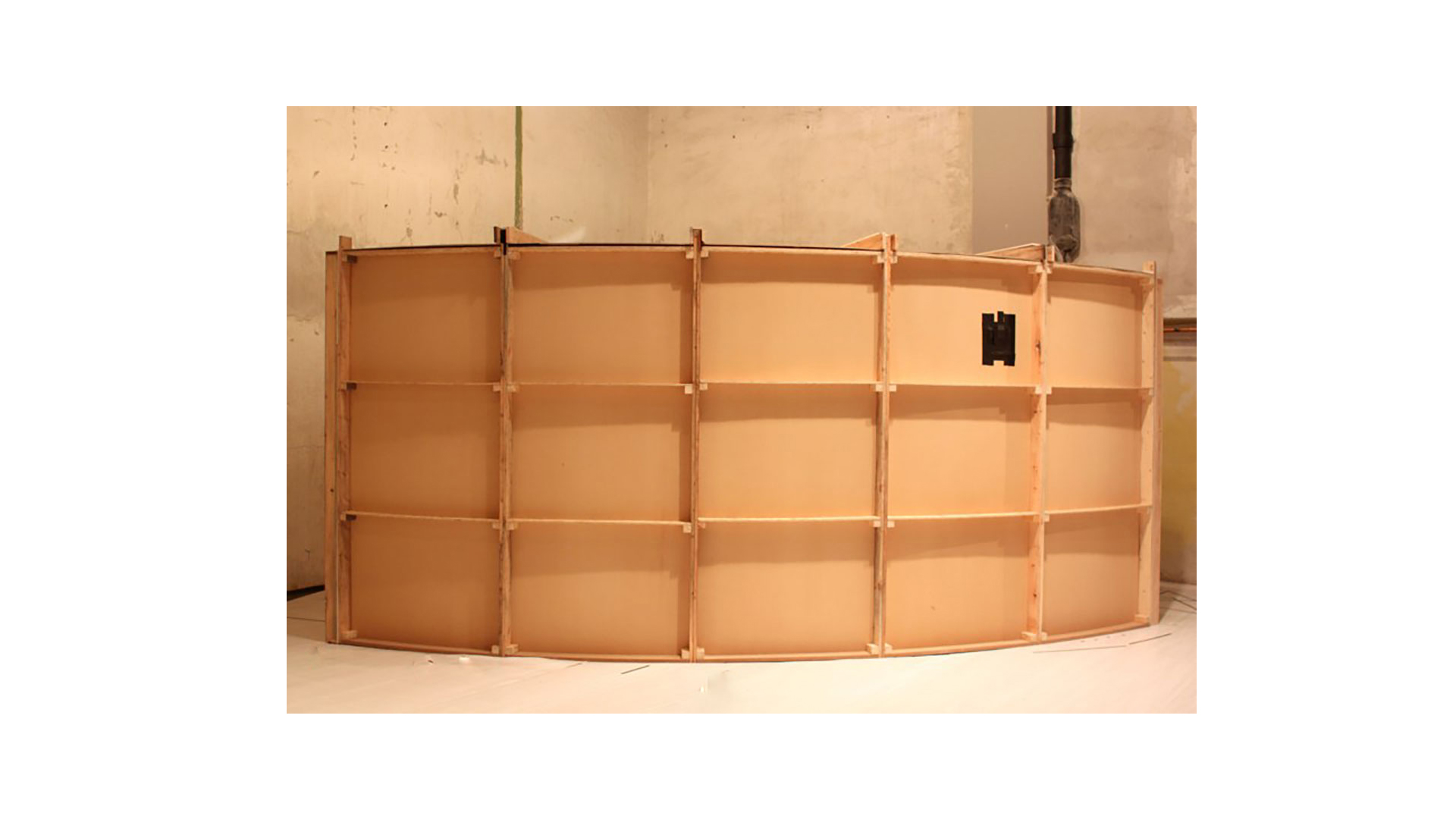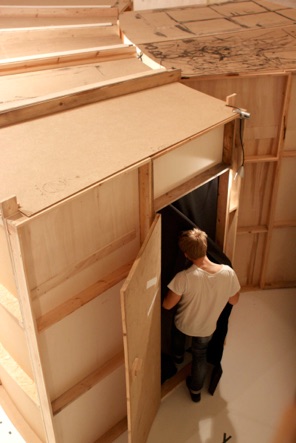I believe (it's happening)
Solo work performed during festival:display at Weld, June 2013, Stockholm.
In the world of today it is in general looked upon with scepsis to think a rock has the capability to be curious, to ask for help or other human like traits but at the same time we do believe in many other things that we, or other human beings, cannot directly perceive. We are living in a world where there are things that we cannot see, that we cannot see but we know that others can see and things that we suppose to be there but cannot see at this moment, that we accept as part of the modern world of today. That idea led me to the notion of invisible events, things, objects or unverifiable happenings that still are accepted as ’true’; that we ’believe’ in.
I became interested in pinhole projection as a low-tech way of animating a space by allowing outside happenings to enter a room or object. Through the pinhole the world outside is transmitted into a darkened space and projected onto walls, floor and ceiling. Occurrences that are happening at that moment but that we are unable to verify if they actually take place there and then.
The object that will be standing at Weld acts as a camera obscura that is big enough to have an audience inside it and makes it possible to be present at the moment of image creation. The object gets animated by the projection of the subjects that are present in the space around it or by a performer present in the part of the object that is inaccessible for the audience. The pinhole technique transmits the intentional and unintentional choreography that takes place in and outside the object. The performer in the object moves, presents herself but does not have any gaze trained upon her directly nor can she gaze upon the audience.
Subjects become objects or occupy a position that is overlapping the two.
”An object is dead when the living glance trained upon it has disappeared.”
(From the voice- over of ’Statues also die’ by Chris Marker and Alain Resnais).
The camera obscura did not only produce a new form of objectivity, though, but also a new form of subjectivity. The subject is approached as isolated from the objects in the world; it can only relate to representations. In this way the camera obscura served as a model for understanding the human subject: a ‘dark room’ in which representations were generated of an external world.
Peter-Paul Verbeek in Beyond the Human Eye.Technological Mediation and Posthuman Visions.



